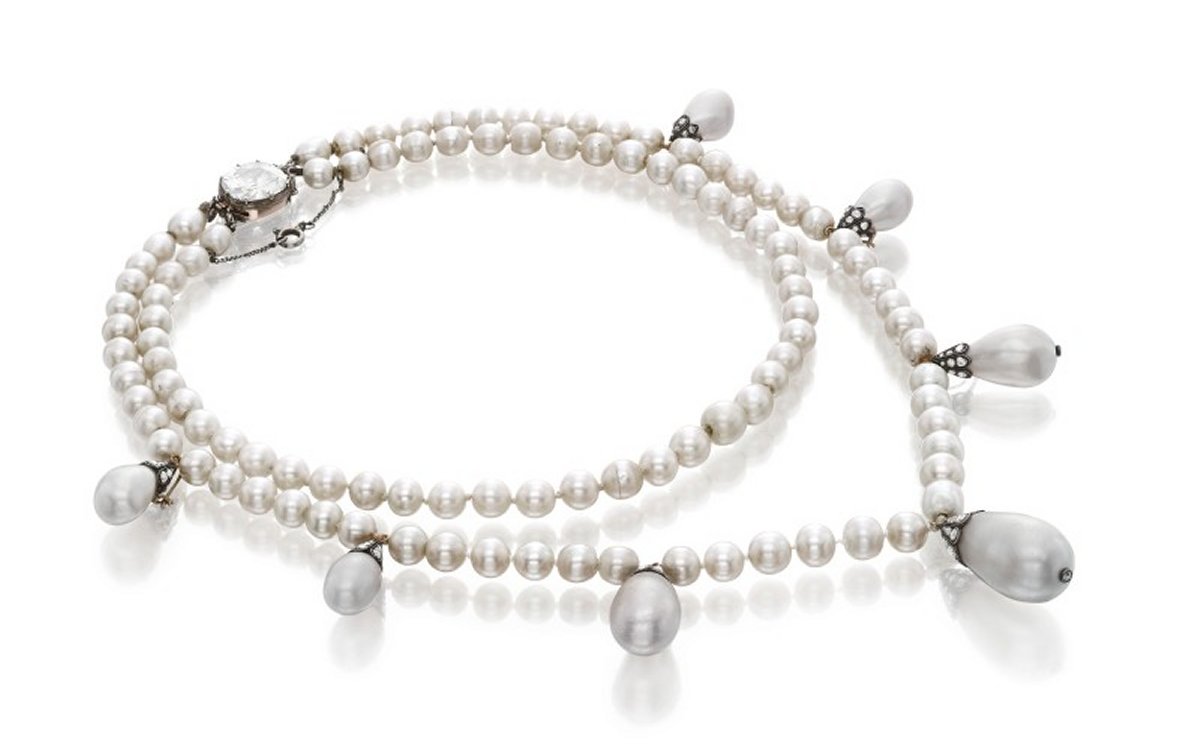
News about magnificent royal jewels heading to auction just keeps on coming! This week, Sotheby’s will sell an impressive pearl necklace with an impeccable royal provenance. Here’s more on the history of the jewel that the auction house is calling the Queen Joséphine Necklace.
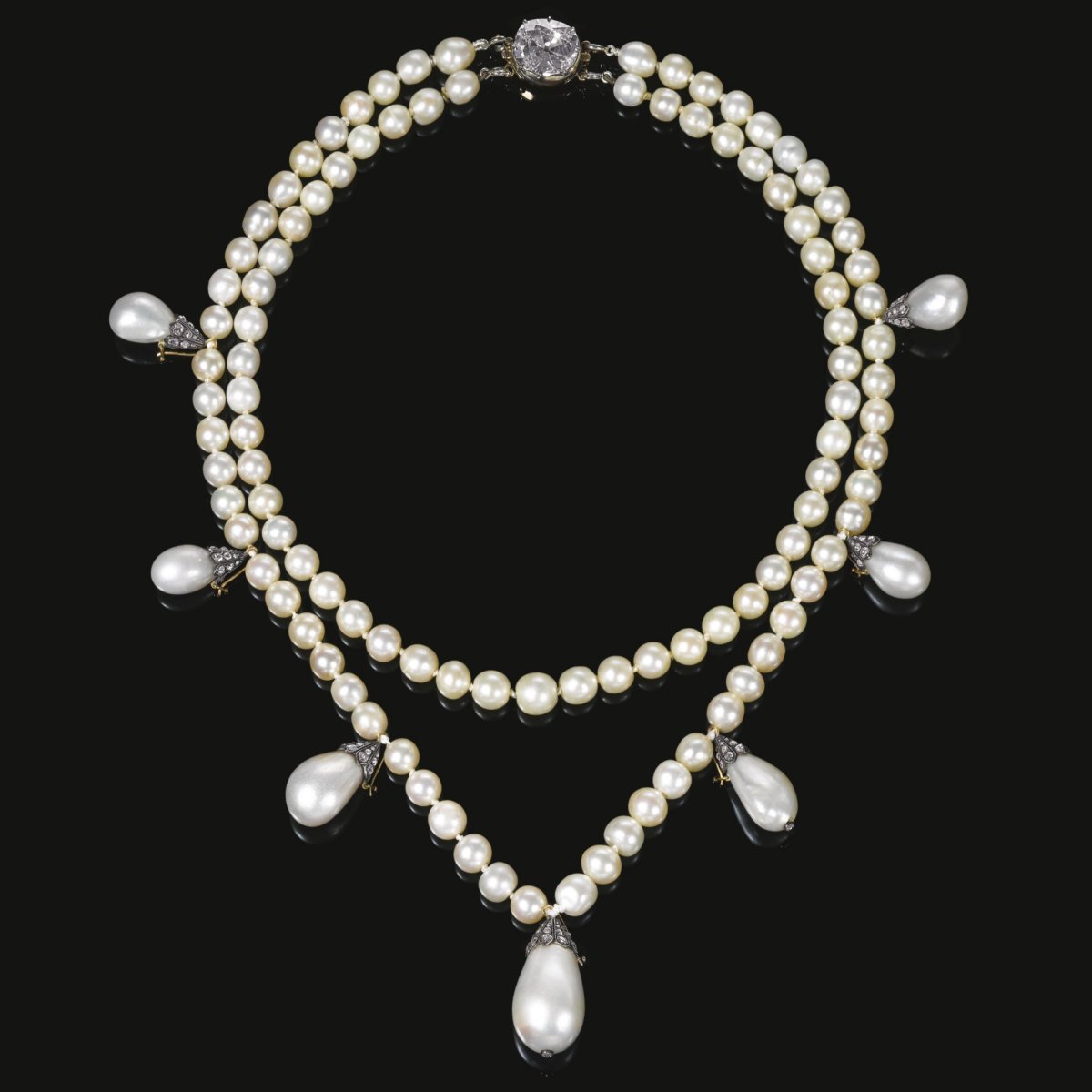
The necklace features two strands of pearls. Seven pearl pendants are suspended from the longer of the two strands, attached by golden clasps. The necklace also has a large diamond clasp. The auction notes from Sotheby’s describe the necklace as follows: “The fringe necklace composed of two strands of one hundred and five natural pearls measuring from approximately 6.25 to 8.45mm, suspending seven detachable drop-shaped natural pearls, measuring from approximately 9.55 – 9.50 x 13.85 to 14.85 – 14.10 x 21.25mm, capped with rose-cut diamonds, to the clasp set with an old-mine-cut diamond, shortest length approximately 390mm, each pearl strand detachable.” The notes also include details from a report stating that “one hundred and eleven pearls are natural saltwater pearls and one is natural freshwater pearl.”
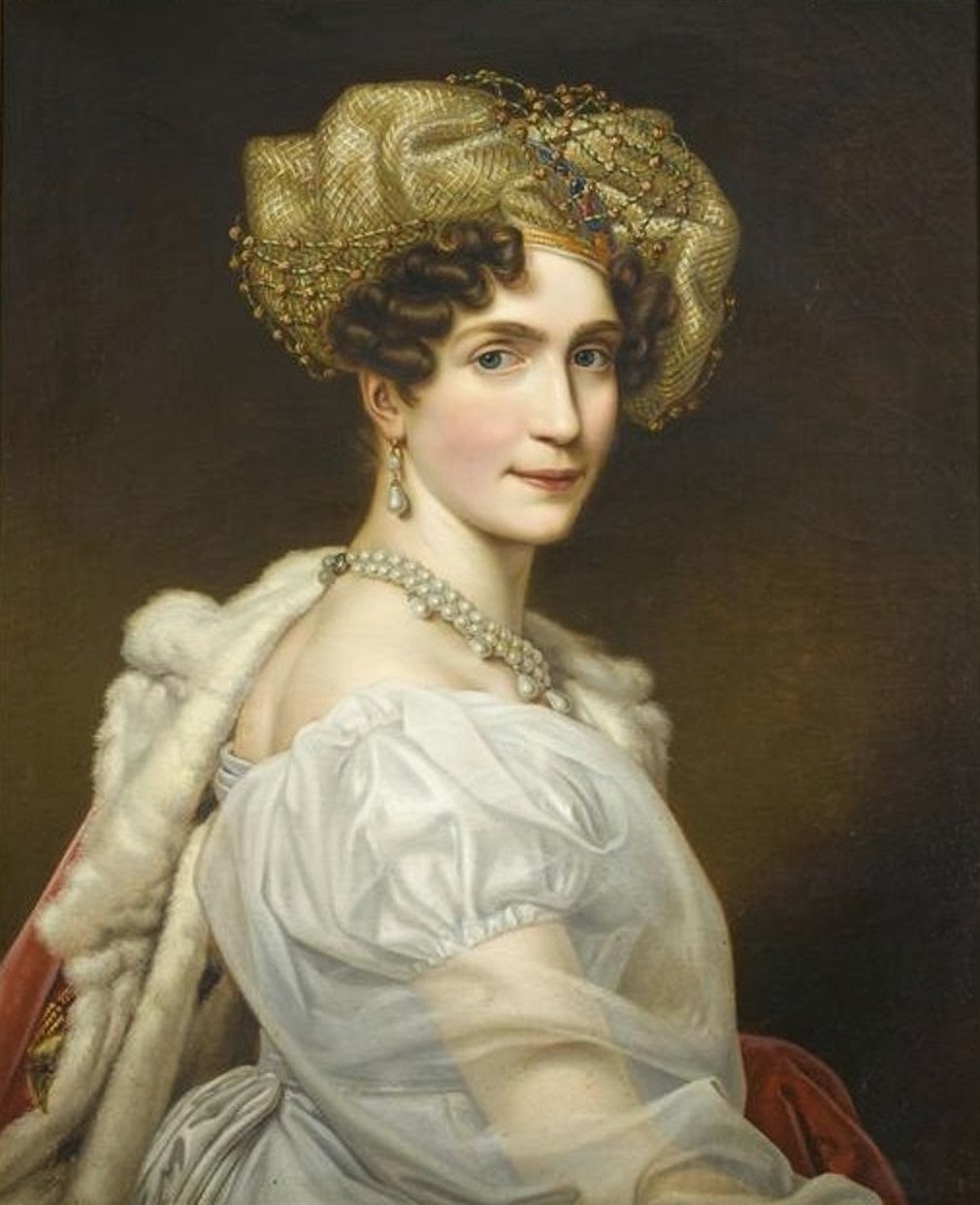
The first documented owner of the necklace was Princess Augusta Amalia of Bavaria, Duchess of Leuchtenberg (1788-1851). She was the daughter of King Maximilian I Joseph of Bavaria. In 1806, she married Eugène de Beauharnais, the only son of Empress Joséphine of France. Jewelry historian Diana Scarisbrick, who wrote lot notes for a previous sale of the same necklace, argues that the necklace could have been a gift from Empress Joséphine to her daughter-in-law. Scarisbrick states that Joséphine was “known to have given Augusta Amalia jewels” during her lifetime. If not, Scarisbrick posits, it’s possible that Augusta inherited the necklace after Empress Joséphine’s death in 1814.
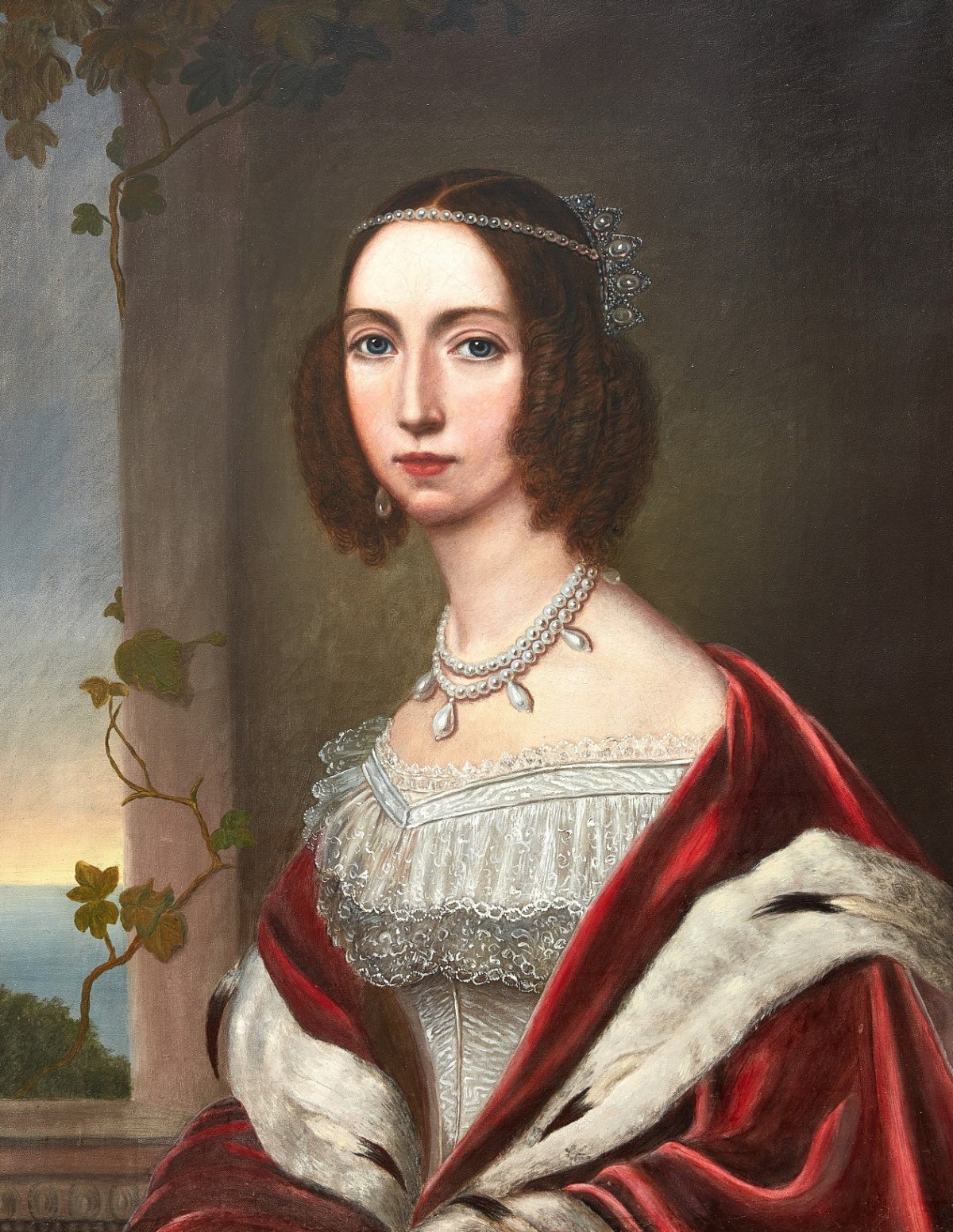
Princess Augusta eventually bequeathed the necklace to her eldest daughter, Princess Joséphine of Leuchtenberg (1807-1876), who had been named after her French imperial grandmother. But Princess Joséphine also posed for portraits wearing the necklace during her mother’s lifetime, suggesting that the necklace was handed over (or at least loaned) before Augusta died in 1851. The portrait above, which is being offered for sale in the same lot as the pearl necklace, depicts the younger Joséphine wearing the necklace with additional diamond and pearl jewels. The portrait dates to the late 1830s or early 1840s, when Princess Joséphine would have been in her early 30s.
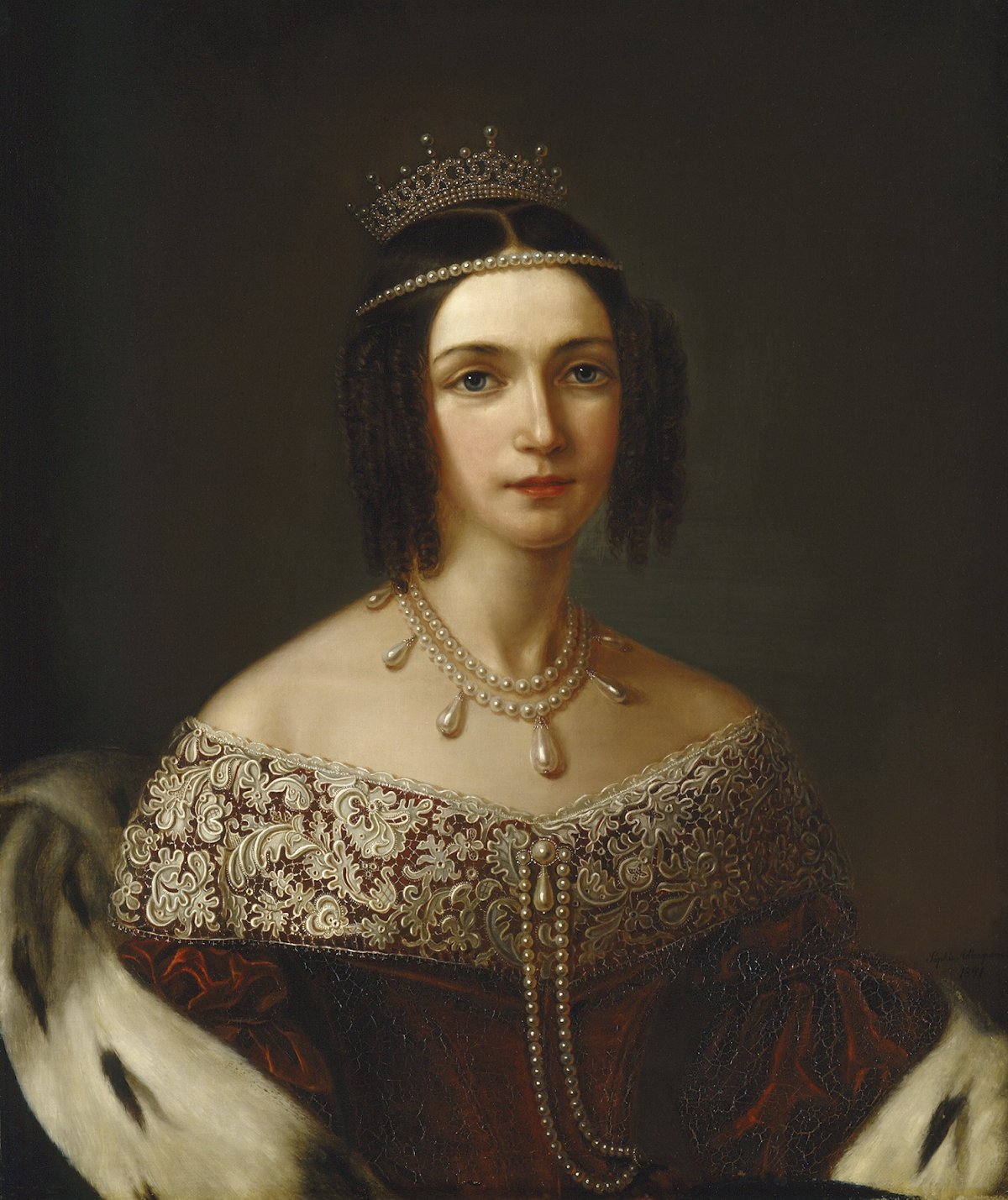
Here’s another portrait of Joséphine wearing similar clothes and jewels, including the pearl necklace. This painting was done in 1841 by the Swedish painter Sophie Adlersparre. In 1823, Joséphine had married Crown Prince Oscar of Sweden and Norway, and the spelling of her first name was changed to the Swedish version, Josefina. She became Queen Josefina of Sweden and Norway when her husband ascended to the throne in 1844.
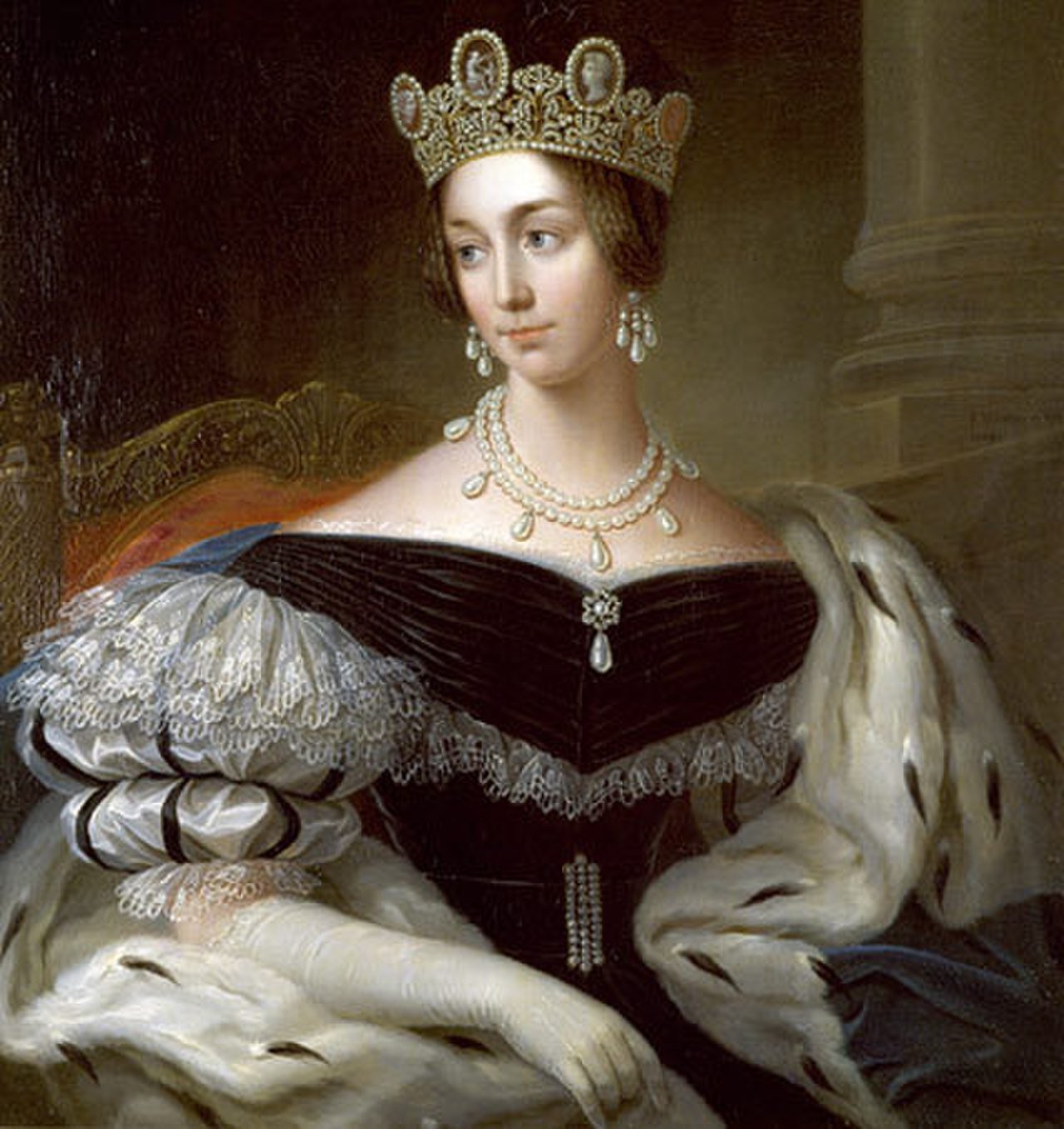
During her time as Sweden’s crown princess, and later queen consort, Josefina paired the necklace with other major jewels from the family collection. In this portrait, painted in 1837 by the famed Swedish portrait painter Fredric Westin, she wears the pearl necklace with the Cameo Tiara. The cameos also came to Sweden with Josefina. Jewelry historians believe that the suite of jewels was originally given to Empress Joséphine by Napoleon, and then was passed on to Josefina’s father, Eugène. He gave them to Josefina, and they’ve been owned by members of the Swedish royal family ever since. (The tiara has also become the family’s bridal diadem.)
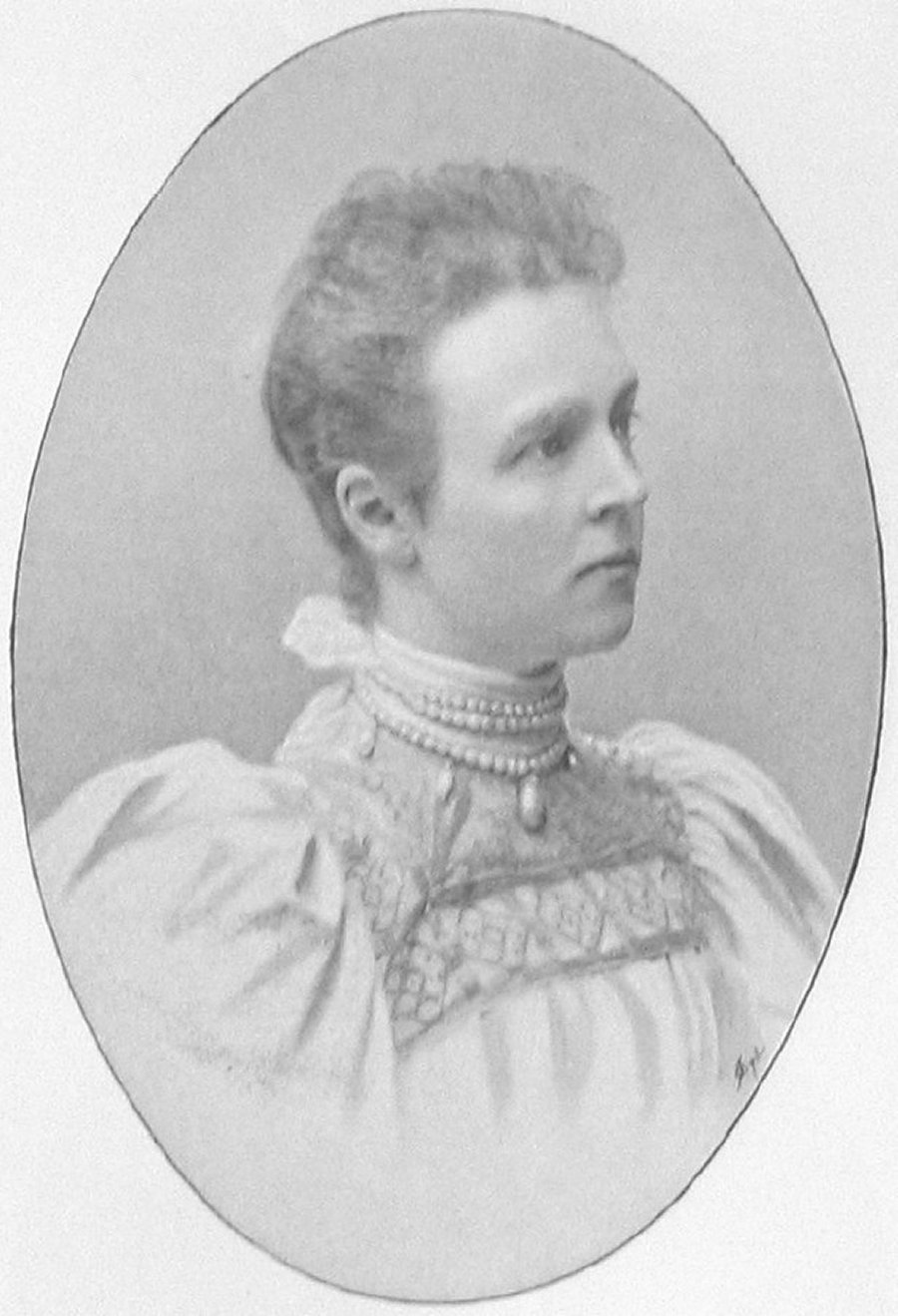
When she died in 1876, Queen Josefina bequeathed the pearl necklace to her son, King Oscar II of Sweden. In turn, he passed the necklace down to his second son, Prince Oscar Bernadotte. He lost his Swedish titles when he married a commoner, Ebba Munck, who had been a lady-in-waiting to his sister-in-law, Crown Princess Victoria of Sweden. Ebba wears the necklace in the photograph above.
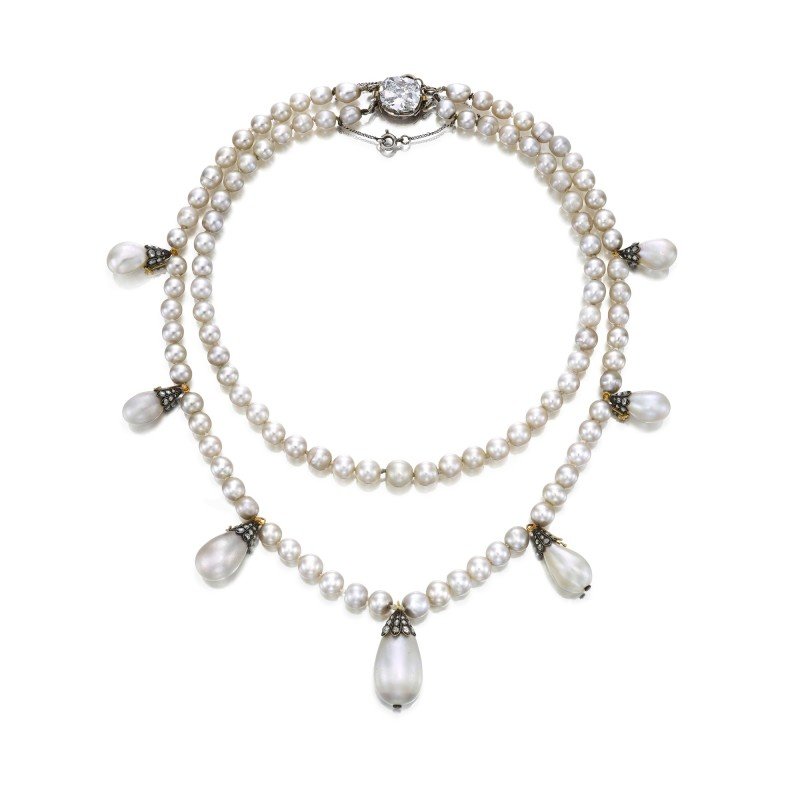
The necklace stayed with Oscar and Ebba’s descendants for some time, but it recent years, it’s been sold multiple times at auction. The jewel was auctioned at Christie’s in the mid-1990s. In 2014, it was sold again by Sotheby’s. The jewel smashed auction estimates, selling for 3,301,000 Swiss francs (or around $3.5 million USD).
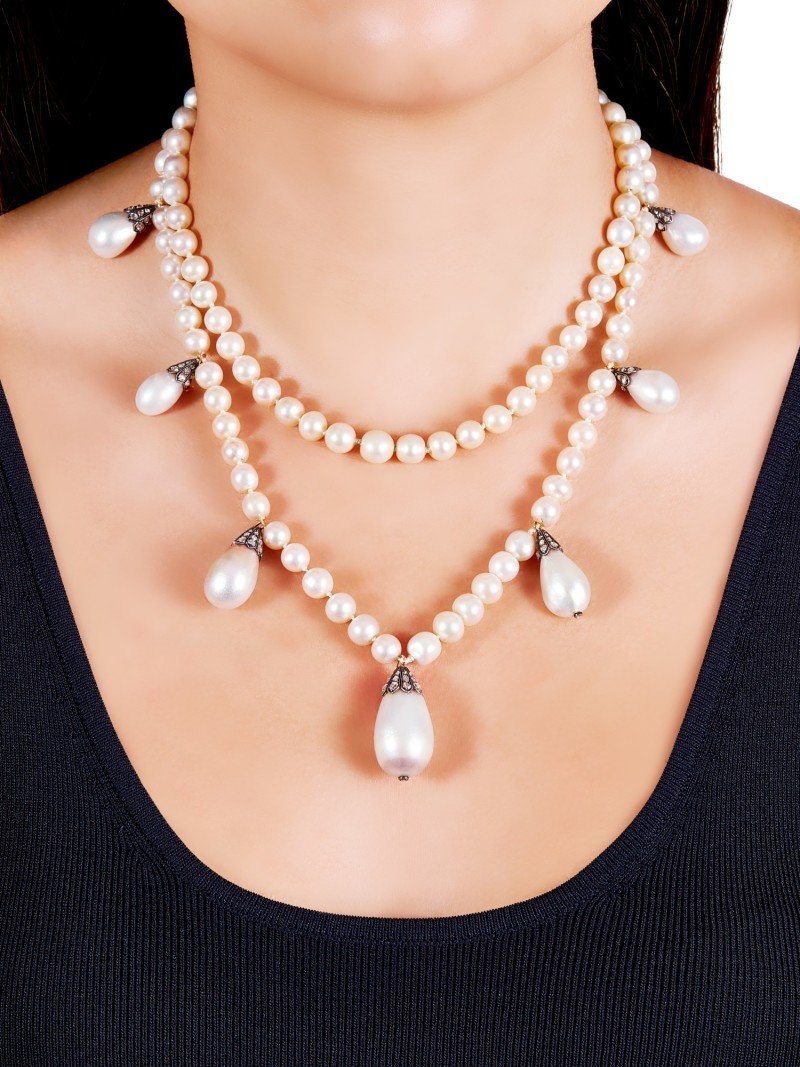
Now, the necklace is set to be auctioned by Sotheby’s for a second time. The jewel will be sold in a Hong Kong auction on Tuesday, October 12. I think we can guess that the auction house is hoping that the necklace will equal or exceed the previous auction price, but guessing is really all we can do: they’ve decided to withhold the auction estimate from the public, providing it only upon request.
Leave a Reply
You must be logged in to post a comment.